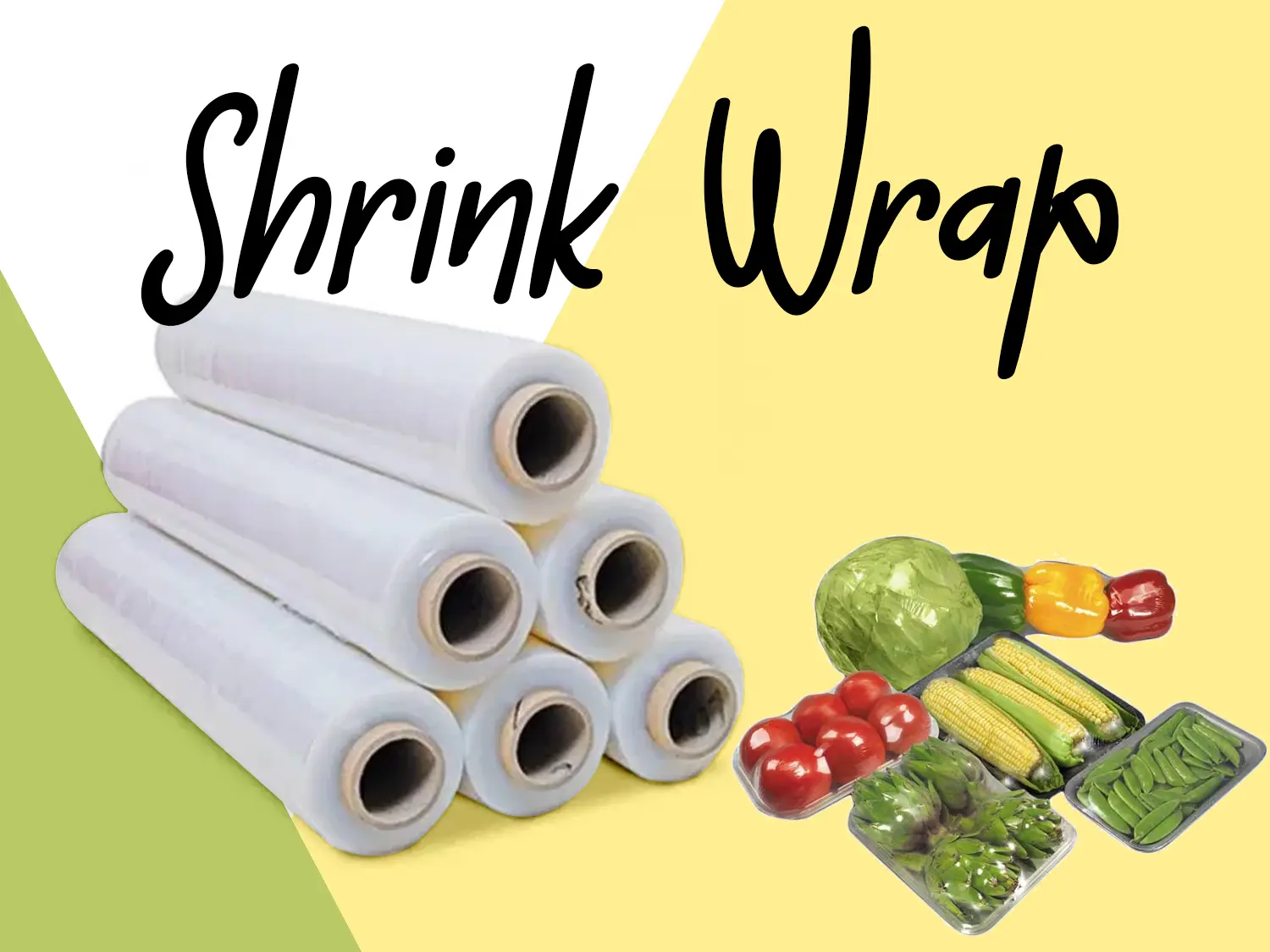Welcome to the realm of shrink wrap—a versatile packaging technique that has revolutionized industries. From safeguarding items during transit to enhancing product presentation, shrink wrap offers a myriad of benefits. Have you ever wondered what shrink wrap is and how it is used? From packaging products to protecting boats during transportation, shrink wrap has become an essential material in various industries. In this article, we will delve into the world of shrink wrap, exploring its definition, applications, and the process behind its creation. Join us as we unravel the intricacies of this versatile material and discover its immense potential.
What is Shrink Wrap?
Shrink wrap is a plastic film that shrinks tightly over the object it covers when heat is applied. This thermoplastic material is commonly made from PVC (Polyvinyl Chloride), LDPE (Low-Density Polyethylene), or POF (Polyolefin), and it offers numerous benefits such as protection, security, and aesthetics. The process of shrinking the film allows it to conform uniformly to the shape of the object, creating a snug and sealed package.
The Shrink Wrap Process:
- Film Selection: Shrink wrap comes in various thicknesses, strengths, and sizes. The appropriate film is selected based on the specific application, considering factors such as the object’s size, fragility, and transportation requirements.
- Film Preparation: The shrink wrap film is then cut into suitable lengths or rolls, ensuring it covers the entire object adequately.
- Wrapping: The object is carefully enclosed within the shrink wrap film, leaving ample space for the subsequent shrinking process. Depending on the size and shape of the object, additional accessories such as vents, strapping, or tapes may be used to ensure proper shrinking.
- Heat Application: Heat is applied to the shrink wrap film using a heat gun or a heat tunnel. As the film heats up, it begins to shrink, conforming to the dimensions of the object and creating a tight, secure seal.
- Cooling: Once the film has fully contracted, it is left to cool down, solidifying the seal and ensuring the shrink wrap remains firmly in place.
Advantages and Applications:

Shrink wrap offers an array of advantages, making it popular across industries for various applications. Here are some key benefits and uses:
Product Packaging:
- Versatility: Shrink wrap can be used to package a wide range of products, including food items, electronics, books, and household goods. Its flexibility allows it to accommodate objects of various shapes and sizes.
- Protection: The shrink wrap film provides a protective barrier against moisture, dust, and other external factors, preserving the integrity and quality of the packaged goods. It also enhances product visibility, allowing customers to inspect the item without compromising its packaging.
- Tamper-Evident: Shrink wrap can include tamper-evident features, such as perforated bands or custom logos, ensuring the integrity of the packaged items and safeguarding against tampering.
Transportation and Storage:
- Security: Shrink wrap offers a secure and stable wrap around objects, preventing shifting, scratching, or damage during transit. It is commonly used to protect items during shipping, reducing the risk of breakage or loss.
- Cost-Effective: Compared to traditional packaging ideas for small businesses, shrink wrap reduces material and labor costs, making it an economical choice for businesses.
- Space Optimization: Shrink wrap eliminates excess packaging materials, allowing for efficient use of storage and transportation space. It minimizes bulkiness, enabling more items to be stored or shipped simultaneously.
Construction and Renovation:
- Containment: Shrink wrap can be used to create temporary enclosures or containment structures during construction or renovation projects. It provides weather resistance and shields areas from dust, debris, and external elements.
- Safety: The transparent nature of shrink wrap enables natural light to enter enclosed areas, reducing the need for additional electrical lighting. It also enhances worksite safety by enclosing potentially hazardous zones and restricting unauthorized access.
“Shrink wrap is more than just packaging material; it is a versatile solution that protects, secures, and optimizes various products and projects.”
Shrink Wrap in Action
How to Use Shrink Wrap Tubing Effectively
A step-by-step guide on harnessing the power of shrink wrap tubing. Whether you’re a DIY enthusiast or a professional, discover the nuances of using shrink wrap tubing for various applications. From electrical insulation to crafting projects, this section has you covered.
Why Do People Shrink Wrap Their Luggage?
Uncover the reasons behind the growing trend of shrink-wrapping luggage. Is it purely for security, or are there other benefits? We explore the motivations and advantages of shrink-wrapping your belongings before embarking on a journey.
Mastering the Art: How to Shrink Wrap a Window
Shrink wrapping windows isn’t just for weatherproofing; it has become an art. Learn the techniques and tools required to effectively shrink wrap a window for insulation, energy efficiency, and protection against the elements.
Conclusion:
From safeguarding products during shipment to enclosing construction sites, shrink wrap has proven to be an invaluable resource in a multitude of industries. Its ability to conform to any shape, provide protective sealing, and offer cost-effective packaging solutions makes it a go-to material for businesses worldwide. So, the next time you unwrap a package, take a moment to appreciate the importance and versatility of shrink wrap, silently working to protect and preserve the items within.


